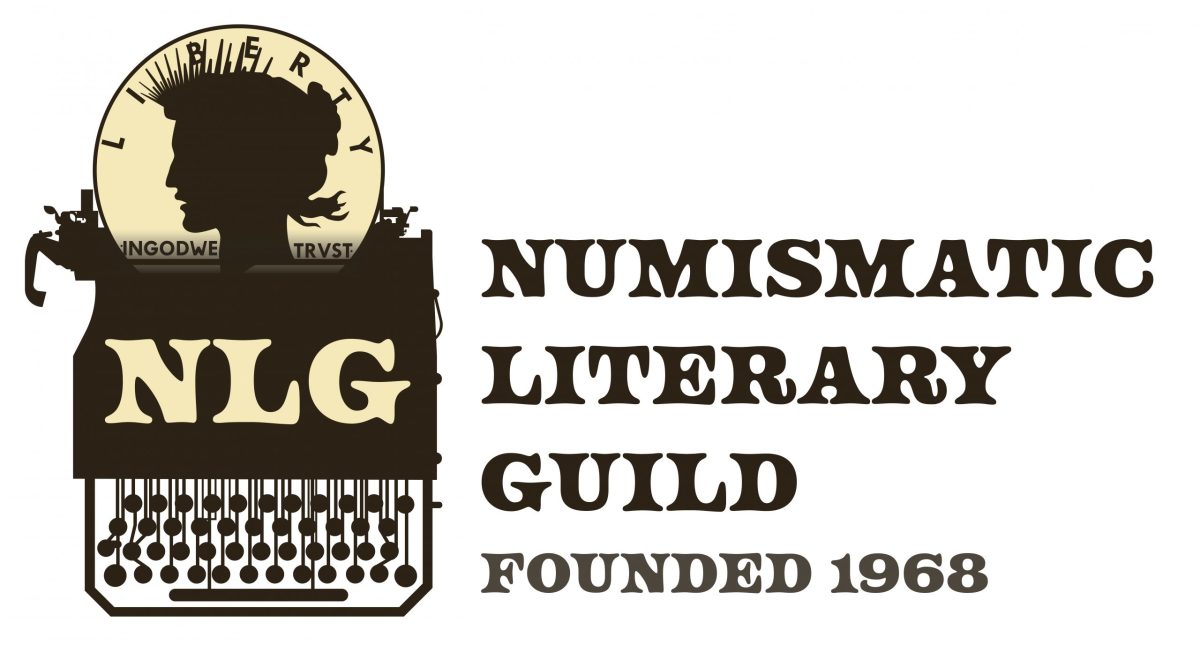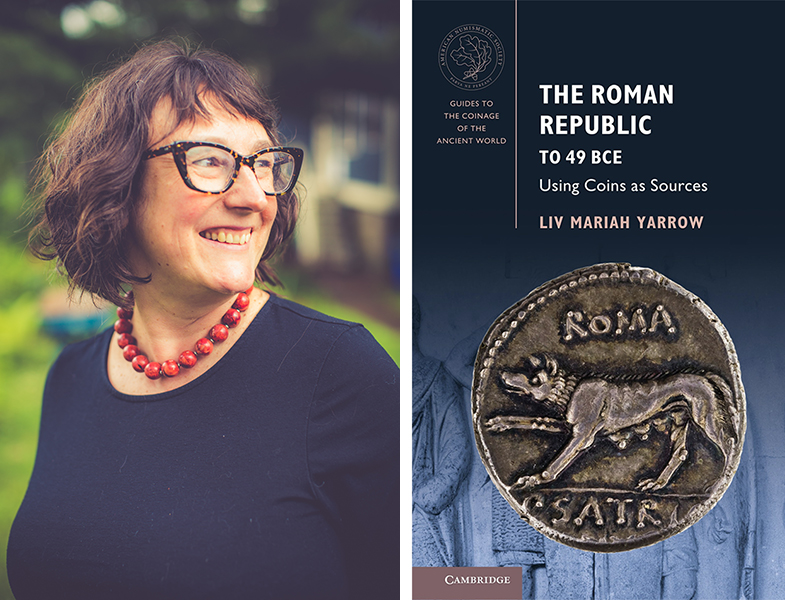The Making of a Numismatic Short Film
At our 2021 Gala, the American Numismatic Society premiered a new short film by Pascal Perich, The ANS: Yesterday, Today, and Tomorrow. In just under seven minutes, the film traces 162 years of notable people and pivotal moments in the Society’s history, as narrated by the first curator in its professional staff, Agnes Baldwin Brett (1876–1955). Throughout the film, Baldwin Brett wanders around our contemporary headquarters as a sort of benevolent ghost.
She reflects on the origins of the ANS as a small group of enthusiasts, its expansion during her life in the early twentieth century, and our development into the renowned collection, library, publisher, and member organization that we are today.
Pascal Perich—the photographer-videographer who created the film—brought unique vision and perspective to the project. He was, in fact, tasked with the concept on wildly short notice. After several successive plans fell through unexpectedly, the team responsible for producing entertainment for the gala and a new video introducing the ANS was at a loss. A month before the scheduled premiere, our Executive Director, Dr. Gilles Bransbourg, went home, desperate, and mentioned our troubles to his wife. Olivia Bransbourg, an entrepreneur well-connected to a network of creatives across the globe, immediately thought of a solution. One can imagine Olivia calmly shrugging and saying, certainly this is a job for Pascal, the artist. Olivia saved the day and Pascal delivered, even beyond what we expected.
Examples of Pascal’s creative work can be viewed on his website and, as can be seen from this selection, his typical photography and film projects focus primarily on portraiture. In my view, Pascal accomplished a vivid double portrait with The ANS: Yesterday, Today, and Tomorrow, of Agnes Baldwin Brett as an individual and of the Society as an organization. Arriving at the ANS with fresh eyes and an insatiable curiosity, Pascal was clearly in awe of the range of material he encountered as he toured the facilities. Seeing the library, archives, and collection for the first time, like many of us, he was drawn into the people and stories behind each object.
What struck me in the process of the production of the film was how each person involved found personal connection in the stories being told. Emily Eagen—the voice actress who narrates as Baldwin Brett—is a noted whistler and expressed wonder at the depths of seemingly niche communities. “Somehow,” she told me, “We manage to find each other.” Pascal and Arina Voronova, the actress who portrays Baldwin Brett, are both photographers and loved seeing Baldwin Brett’s fascinating archival photographs. Many of these have been digitized and are available online. One particularly salient image of Baldwin Brett features in the film. She poses, shawled, with her camera on the deck of the S.S. Palatia, a rare moment of the photographer captured on the other side of the lens.
I also noticed a parallel between Baldwin Brett and our chief curator, Dr. Peter van Alfen, as he showed our guests around the ANS. Dr. van Alfen is not only Baldwin Brett’s direct successor as the primary caretaker of the ANS’s Greek collection, but they share other similarities. Like Baldwin Brett, who most famously published The Catalogue of Greek Coins for the Boston Museum of Fine Arts, Dr. van Alfen is a scholar of ancient Greek coinages. Along with his extensive research in ancient numismatics, Dr. van Alfen writes actively on more recent medallic art and, also like Baldwin Brett, has published the catalogues of medallic art exhibitions.
Another parallel is a bit more buried but bears mentioning. Baldwin Brett narrates in the film that “while women have long played an important role in our organization, I am proud to know that we have recently elected our very first woman President.” Baldwin Brett and Dr. Ute Wartenberg, the former Executive Director and current President of the ANS, also have important commonalities beyond that they represent important firsts in the organization’s history. In fact, in White Gold: Studies in Early Electrum Coinage, Dr. Wartenberg draws directly on Baldwin Brett’s publications for her article “Was there an Ionian Revolt Coinage? Monetary Patterns in the Late Archaic Periods.” Notably, Dr. Wartenberg cites The Electrum Coinage of Lampsakos and “The Electrum and Silver Coinage of Chios” in her die study to corroborate and correct Baldwin Brett’s claims with a more robust set of data.
Beyond these plutarchan parallels, there are a few fantastic but subtle artistic choices folded into the film worth highlighting. At its start and close, Baldwin Brett is surrounded with genuine realia and relevant objects from her life. “The more authentic, the better,” Pascal gleefully insisted. The books on her desk are Baldwin Brett’s own publications and books from her personal library—as well as photographs, correspondence, and other ephemera now housed in the John W. Adams Rare Book Room of the ANS Archives. Above her right shoulder is a painting of a very mustached Ernest Babelon, the noted French numismatist and honorary member of the Society who regularly visited the old ANS New York headquarters at Audubon Terrace. To put his status in context, he was listed in Society proceedings in 1917 alongside the Director of the US Mint and several kings and princes as one of only eighteen honorary members of the ANS. Ultimately, the whole set was designed in homage to a photo of Babelon and Baldwin Brett, the painting of Babelon standing in for his somber visage.
In her review of significant scholars and donors associated with the ANS, Baldwin Brett remarks that Edward Newell’s “diligent scholarship transformed our Society” as she displays his book, The Coinages of Demetrius Poliorcetes, with her own ex-libris pasted in the front cover. This reminds me of her own diligent and transformative scholarship. Baldwin Brett was the second individual to ever receive the prestigious Archer M. Huntington Medal Award for numismatic research; she was also the second American to receive the Medal of the Royal Numismatic Society—Newell being the first in both cases. You can learn more about Agnes Baldwin Brett in her entry in ARCHER, the online archives of the ANS, and in this wonderful Spring 2005 article from the ANS Magazine, written by Aviva Gray.
The past is caught up in the present in delicate and direct ways. Forgive me if I veer too far into the poetic, but, watching the film, I never imagined Agnes Baldwin Brett as haunting the space, but instead as more of a visitation—or bibliographic citation, even—as a blur of memory and presence, knowledge and acknowledgement. In the film’s conclusion, Pascal used an image of Baldwin Brett sitting in a votive niche above the sanctuary of Aphrodite near Eleusis. Her eyes are closed and it’s hard to not think of her as looking transcendent, fixed in a locus of margin-less time.
You can watch the full film, The ANS: Yesterday, Today, and Tomorrow, above or directly on the ANS YouTube channel.




